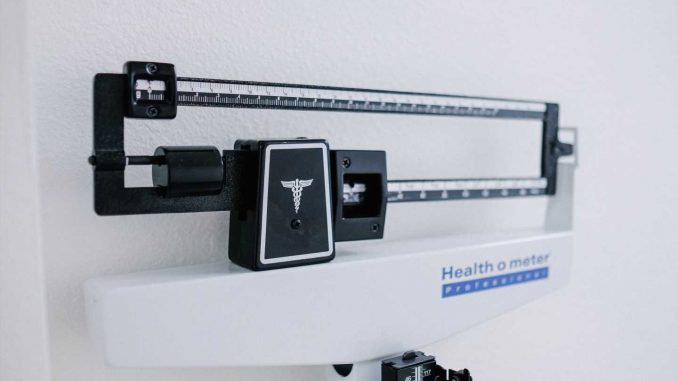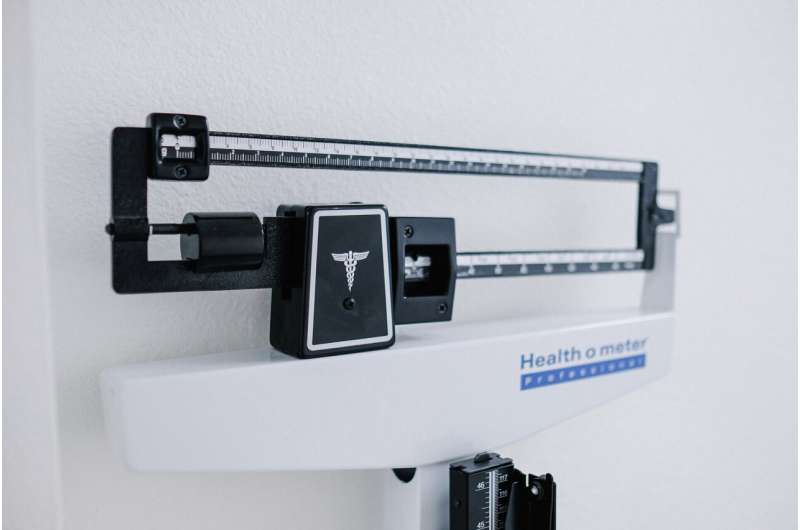

New research from the Department of Biomedical Informatics (DBMI) at the University of Colorado School of Medicine has identified 45 genes whose gene expression is associated with body mass index (BMI), many of which have not been previously explored in obesity research, after the researchers conducted a study using a multiethnic cohort.
Their study, “Gene Expression Associations With Body Mass Index in the Multi-Ethnic Study of Atherosclerosis,” published in the International Journal of Obesity, points to potential new biomarkers for obesity. The team accomplished this by tapping into data from a large, diverse cohort that was originally gathered in 2000.
“Until now, few genetic studies of BMI have been conducted in ancestrally diverse cohorts,” lead author Luciana Vargas explains. “The novelty of our study is the use of directly measured gene expression data.”
Vargas, a CU School of Medicine Ph.D. student with an interest in personalized medicine, says these known and novel gene associations can provide insights into the biology of obesity, potential biomarkers, and therapeutic targets.
For their study, researchers in the DBMI labs of Ethan Lange, Ph.D., and Leslie Lange, Ph.D., leveraged data from the Multi-Ethnic Study of Atherosclerosis (MESA). When it was launched, MESA enrolled over 6,000 people, recruited from six field centers across the country, to research risk factors and the early characteristics of cardiovascular disease. Participants continue to report to field centers periodically for collection of health data.
Because of the large, ethnically diverse study population, and the amount of health information collected, researchers have used its data for a multitude of studies. The Trans-Omics for Precision Medicine (TOPMed) consortium, which launched in 2014, began gathering gene expression and other omics data on a subset of MESA participants, as well as participants from many other cohorts.
“We used the MESA cohort because it’s really difficult to find a well-defined cohort with a lot of good clinical measurements, get the funding, and maintain the contact with study participants to collect blood and do these studies over time,” says Iain Konigsberg, Ph.D., a biomedical informatics research instructor who works with Vargas in the DBMI Lange Lab.
The researchers analyzed RNA sequencing data from four self-identified race and ethnic groups in the MESA cohort—African American, Chinese American, Hispanic, and white—to assess the association of expression of each gene for an effect on BMI. Many of the characteristics related to cardiovascular risk are also relevant to obesity, making the MESA cohort ideal for obesity research.
The 45 genes they identified had expressions associated with BMI across all four groups. While a small number of these genes have been identified through genetic association studies, the CU authors reported many novel associations.
Konigsberg says their work points to the need for more diversity in obesity research and expects the results of this study to inform additional downstream studies. He expects to continue research using MESA and additional human cohorts. It’s been a valuable lesson in collaborative research for Vargas, who began her studies at CU Anschutz in Fall 2021 as a Ph.D. student in the Human Medical Genetics and Genomics Program. This is her first paper as a graduate student and member of the Leslie Lange Lab.
“Getting involved with the TOPMed consortium that had enrolled thousands of people across the U.S. opened up new opportunities for research,” she says. “I really appreciate the power of collaboration.”
More information:
Luciana B. Vargas et al, Gene expression associations with body mass index in the Multi-Ethnic Study of Atherosclerosis, International Journal of Obesity (2022). DOI: 10.1038/s41366-022-01240-x
Journal information:
International Journal of Obesity
Source: Read Full Article